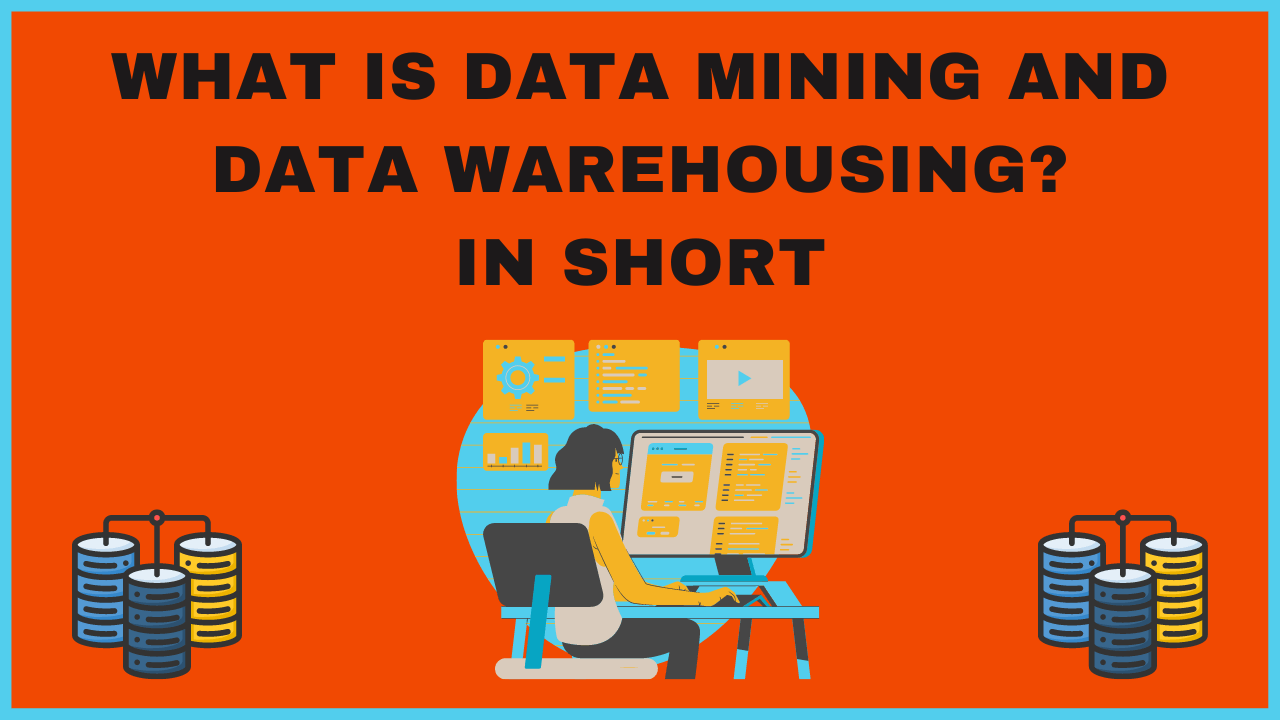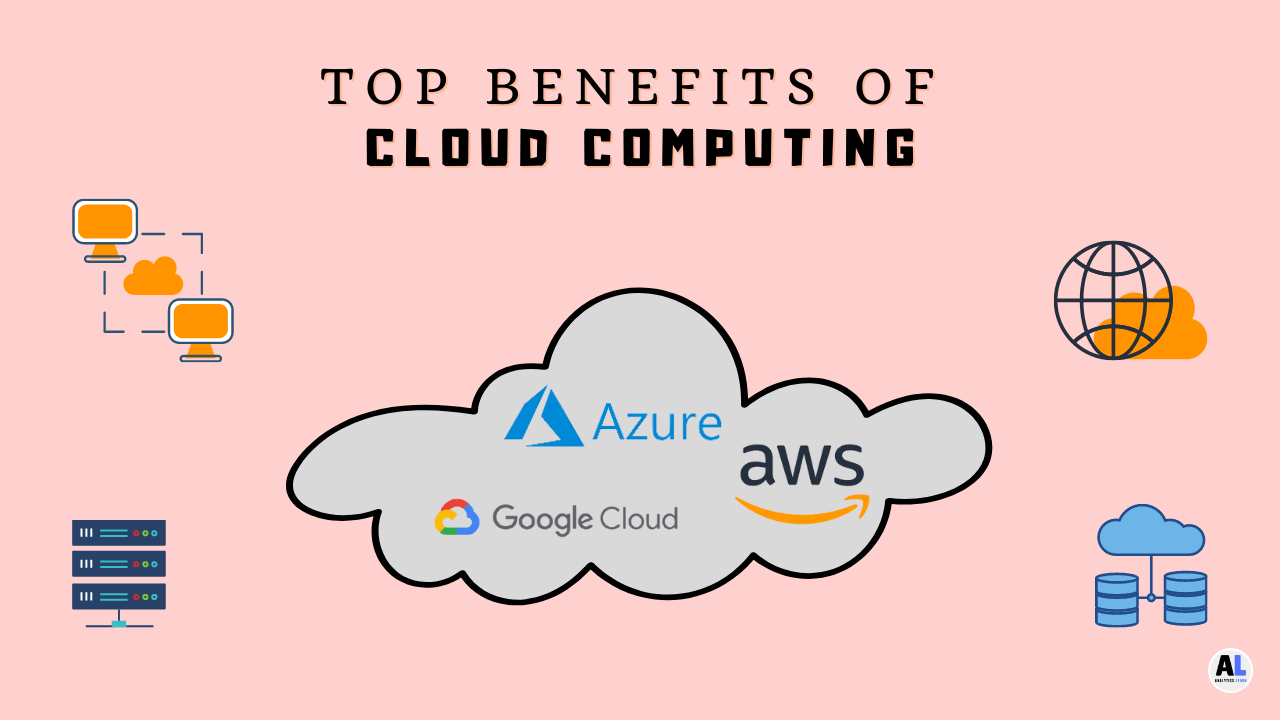In this Article, We will Guide you What is Data Mining and Data Warehousing? with there different Roles and Examples in short.
By combining the power of data mining and data warehousing, organizations can effectively analyze and engineer their data.
Data mining helps in discovering insights and patterns, while data warehousing provides the infrastructure and processes to collect, store, and integrate data for analysis and reporting.
Together, they enable data-driven decision-making, optimize data storage and retrieval, and support the overall data management lifecycle.
Related Article: Data Warehousing And Data Mining: What is the Difference?
What is Data Mining?
Data mining refers to the process of discovering patterns, relationships, and insights from large volumes of data.
It involves using various techniques and algorithms to extract valuable information and knowledge from raw data.
Data mining aims to uncover hidden patterns, make predictions, and support decision-making processes. Some key roles and examples of data mining include:
Roles of Data Mining:
1. Pattern Recognition:
Data mining algorithms can identify patterns and trends within datasets, helping organizations understand customer behavior, market trends, and anomalies.
2. Prediction and Forecasting:
Data mining enables organizations to make predictions and forecasts based on historical data, supporting proactive decision-making and strategic planning.
3. Classification and Segmentation:
Data mining techniques can categorize data into different classes or segments, helping organizations in customer segmentation, fraud detection, and targeted marketing campaigns.
Examples of Data Mining:
1. Market Basket Analysis:
Retailers use data mining techniques to identify associations and relationships between products purchased together.
This information helps in cross-selling, optimizing product placements, and improving inventory management.
2. Customer Churn Prediction:
Telecom companies analyze customer data using data mining techniques to predict the likelihood of customers switching to a competitor.
This helps in implementing retention strategies and improving customer loyalty.
3. Fraud Detection:
Financial institutions employ data mining to detect fraudulent activities by analyzing patterns and anomalies in transactional data.
This helps in preventing and mitigating financial losses.
What is Data Warehousing?
Data warehousing involves the process of collecting, integrating, and storing large volumes of structured and sometimes unstructured data from various sources.
It provides a centralized and unified view of data, allowing organizations to access and analyze information for decision-making purposes.
Role of Data Warehousing:
1. Data Integration:
Data warehousing integrates data from disparate sources, including databases, spreadsheets, and legacy systems, to create a unified and consistent view of data.
2. Data Storage and Retrieval:
Data warehousing provides a secure and scalable storage infrastructure, allowing organizations to efficiently store and retrieve data for analysis and reporting.
3. Data Quality and Cleansing:
Data warehousing facilitates data quality management by ensuring data consistency, accuracy, and completeness through data cleansing and validation processes.
Examples of Data Warehousing:
1. Business Intelligence Reporting:
Data warehousing serves as the foundation for generating reports, dashboards, and visualizations, enabling organizations to monitor KPIs, track performance, and gain insights into business operations.
2. Decision Support:
Data warehousing provides decision-makers with a reliable and consolidated data source for informed decision-making.
It enables ad-hoc queries, multidimensional analysis, and data exploration.
3. Historical Analysis:
Data warehousing stores historical data, allowing organizations to perform trend analysis, identify patterns, and evaluate past performance for strategic planning and forecasting.
Why Data mining and Data Warehousing?
Data mining and data warehousing are both essential components in the realm of data management and analysis.
Here are the key reasons why organizations invest in data mining and data warehousing:
1. Extracting Actionable Insights:
Data mining enables organizations to discover valuable patterns, relationships, and trends within their data.
By applying various data mining techniques and algorithms, organizations can extract actionable insights that drive informed decision-making, identify new opportunities, and solve complex problems.
2. Improved Decision-Making:
Data mining helps organizations make data-driven decisions by uncovering hidden patterns and correlations within large datasets.
These insights provide a deeper understanding of customer behavior, market trends, and operational processes, allowing organizations to make informed choices and optimize their strategies.
3. Enhanced Business Intelligence:
Data warehousing forms the foundation for effective business intelligence (BI).
It consolidates and integrates data from various sources into a single, unified view, enabling organizations to generate accurate reports, perform analytics, and gain a comprehensive understanding of their operations.
Data warehousing supports BI initiatives by providing a reliable and consistent data source for reporting, analysis, and performance tracking.
4. Historical Analysis and Forecasting:
Data warehousing enables organizations to store and analyze historical data over time.
This historical analysis is crucial for identifying trends, patterns, and anomalies, which can then be used for forecasting and predicting future outcomes.
By leveraging historical data, organizations can make informed predictions, optimize resource allocation, and develop effective strategies for growth.
5. Data Integration and Centralization:
Data warehousing facilitates data integration by consolidating data from disparate sources, such as databases, spreadsheets, and legacy systems.
It creates a centralized repository where data from different departments and systems can be stored, standardized, and accessed uniformly.
This centralization ensures data consistency, accuracy, and reliability, enabling organizations to have a single source of truth for decision-making processes.
6. Scalability and Performance:
Data warehousing provides a scalable and high-performance platform for managing and analyzing large volumes of data.
It optimizes data storage, retrieval, and processing, ensuring efficient performance even as data volumes grow.
This scalability allows organizations to handle increasing data requirements and adapt to changing business needs without compromising performance.
7. Compliance and Risk Management:
Data warehousing plays a vital role in compliance and risk management efforts.
By centralizing and organizing data, organizations can implement data governance practices, ensure data security, and meet regulatory requirements.
Data warehousing enables organizations to track and monitor compliance metrics, implement risk assessment processes, and enhance data privacy and security measures.
Conclusion
In summary, data mining and data warehousing are interconnected concepts, Data mining and data warehousing enable organizations to unlock the potential of their data.
They empower organizations to gain valuable insights, improve decision-making, optimize operations, and achieve strategic goals.
By leveraging these technologies, organizations can stay competitive, drive innovation, and capitalize on the immense value of data in today’s digital age.
Data mining focuses on extracting insights and patterns from data, while data warehousing provides the infrastructure and platform for storing and accessing data for analysis and decision-making.
Both play crucial roles in enabling organizations to leverage their data assets effectively and gain a competitive edge.

Meet Nitin, a seasoned professional in the field of data engineering. With a Post Graduation in Data Science and Analytics, Nitin is a key contributor to the healthcare sector, specializing in data analysis, machine learning, AI, blockchain, and various data-related tools and technologies. As the Co-founder and editor of analyticslearn.com, Nitin brings a wealth of knowledge and experience to the realm of analytics. Join us in exploring the exciting intersection of healthcare and data science with Nitin as your guide.










